
Phoenix sylvestris
(MRP Inclusive of all taxes)
- Shipping ₹79 for entire order
- Dispatch in 7 days
- Country of origin: India

(MRP Inclusive of all taxes)
 Save 29%
Save 29%
Air Purifier Money Plant with Pot The Air Purifier Money Plant, also known as Pothos or Epipremnum aureum, is a stunning indoor plant that...
View full details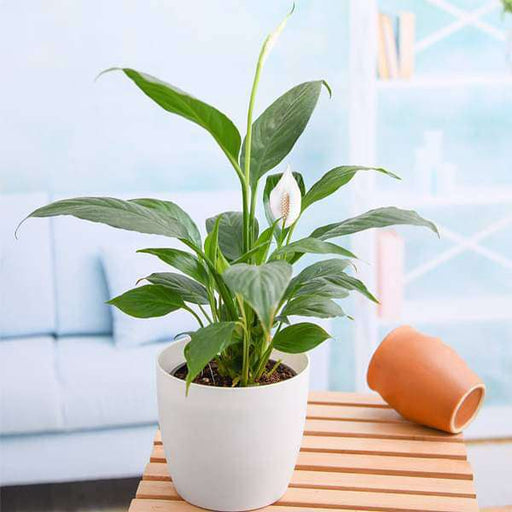
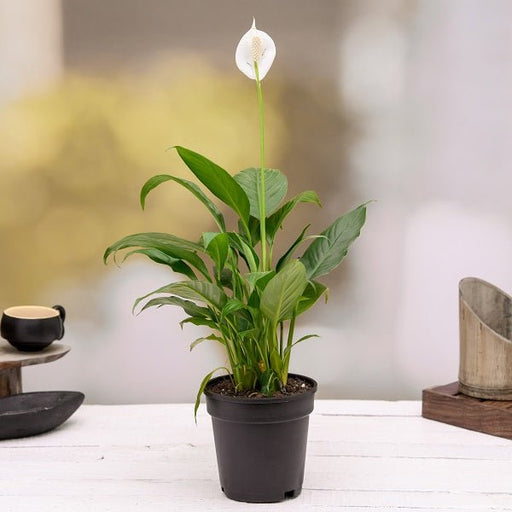 Save up to 15%
Save up to 15%
Peace Lily, Spathiphyllum - Plant The Peace Lily, scientifically known as Spathiphyllum, is a stunning houseplant celebrated for its elegant white...
View full details
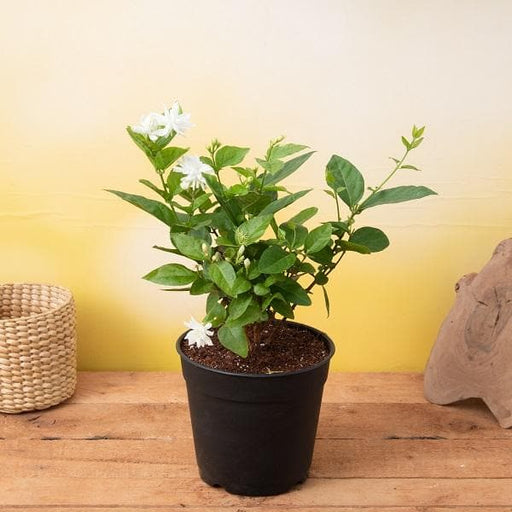 Save 25%
Save 25%
Jasminum sambac, Mogra, Arabian Jasmine - Plant Jasminum sambac, commonly known as Mogra or Arabian Jasmine, is a fragrant flowering plant...
View full details
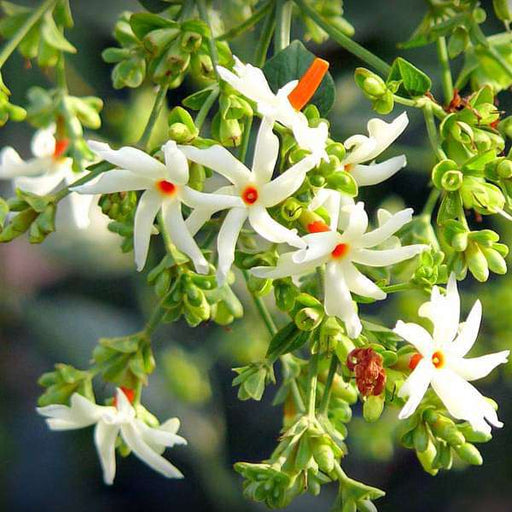 Save 18%
Save 18%
Combo Constituents Includes the Parijat Tree (Night-Flowering Jasmine), a culturally significant plant with fragrant flowers. Description The Pari...
View full details
 Save 25%
Save 25%
Miniature Rose, Button Rose (Any Color) - Plant The Miniature Rose, also known as the Button Rose, is a charming and compact flowering plant that ...
View full details Save 25%
Save 25%
Damascus Rose, Scented Rose (Any Color) - Plant The Damascus Rose, also known as Rosa damascena, is a timeless symbol of beauty and romanc...
View full details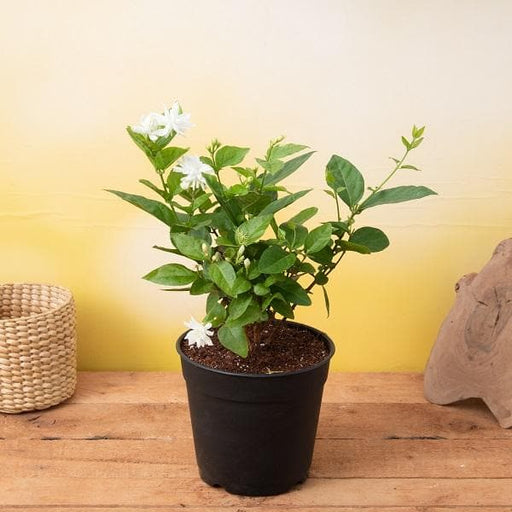
 Save 17%
Save 17%
Beautiful Fragrant Mogra, Arabian Jasmine Plant with Pot The Beautiful Fragrant Mogra, also known as Arabian Jasmine (Jasminum sambac), is...
View full details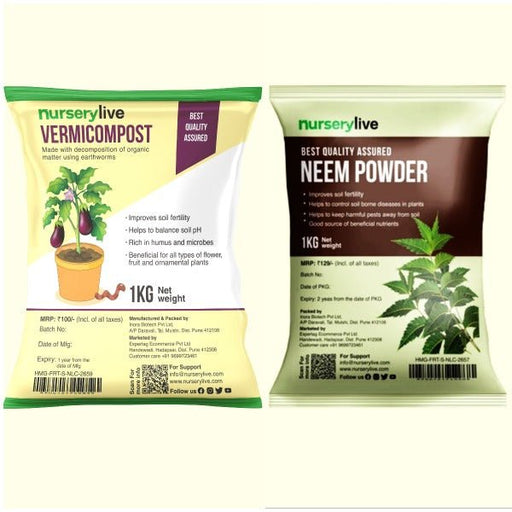 Save 15%
Save 15%
Pack of Vermicompost and Neem Cake for House Plants Transform your indoor garden with our premium Pack of Vermicompost and Neem Cake, spec...
View full details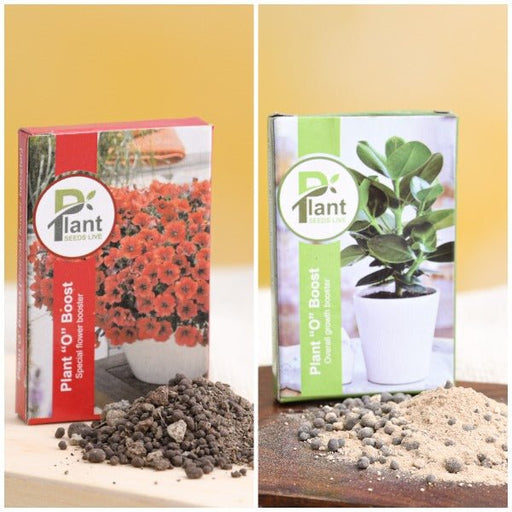
Pack of Plant Growth and Flower Boosters Unlock the full potential of your garden with our Pack of Plant Growth and Flower Boosters! This ...
View full details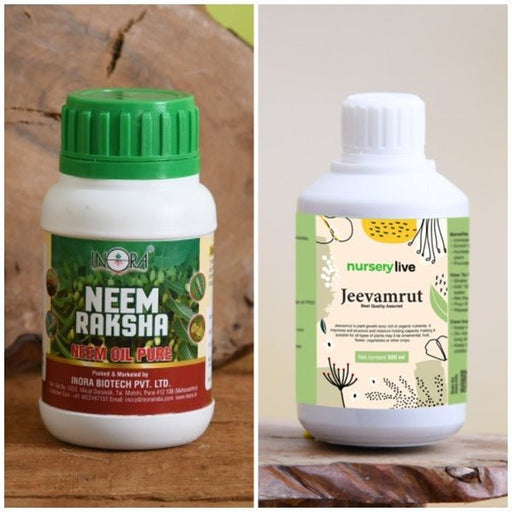 Save 38%
Save 38%
Combo of Jeevamrut and Neem Raksha for Easy Growth and Protection of Houseplants Transform your indoor garden with our exclusive combo of ...
View full details Save 22%
Save 22%
Plant Nutrients Kit (Pack of 16) for a Healthy Garden Transform your garden into a lush paradise with our Plant Nutrients Kit, featuring 1...
View full details Save 16%
Save 16%
Combo of Top Plant Fertilizers Elevate your gardening game with our exclusive Combo of Top Plant Fertilizers, featuring two bags of premiu...
View full details Save 24%
Save 24%
Pack of 4 Additives to Make Soil Healthy and Nutrient Rich Transform your garden into a thriving ecosystem with our Pack of 4 Additives de...
View full details Save 30%
Save 30%
Transform your gardening experience with our premium Combo of Perlite and Vermiculite. This unique blend is designed to enhance soil aeration and ...
View full details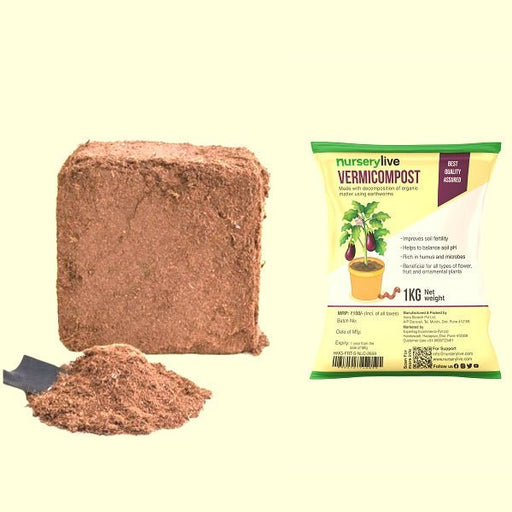 Save 27%
Save 27%
Combo of 2 Vermicompost and Cocopeat - Enrich Your Soil Naturally! Transform your garden into a thriving ecosystem with our Combo of 2 Ver...
View full details
 Save 35%
Save 35%
Best 6 Plants for Perfect Indoor Garden Transform your living space into a lush oasis with our curated collection of the Best 6 Plants for a...
View full details
 Save up to 50%
Save up to 50%
Mini Succulent Garden Pack Transform your space with our Mini Succulent Garden Pack, featuring a delightful collection of 4 any variety beautiful s...
View full details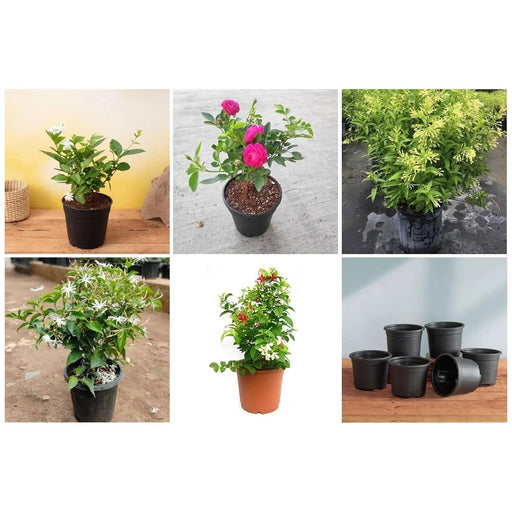
 Save 30%
Save 30%
5 Best Fragrant Plants Transform your garden or indoor space into a fragrant paradise with our curated selection of the 5 Best Fragrant Plants. Th...
View full details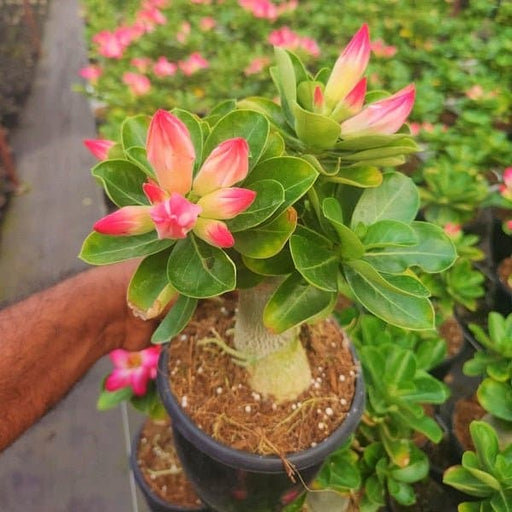
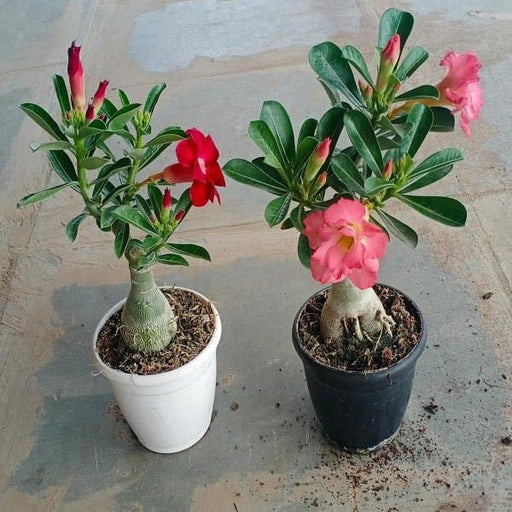 Save 24%
Save 24%
Set of 2 Bonsai Looking Grafted Adeniums Transform your indoor or outdoor space with our exquisite Set of 2 Bonsai Looking Grafted Adenium...
View full details Save 45%
Save 45%
Top 4 Die Hard Succulents Pack Transform your indoor or outdoor space with our Top 4 Die Hard Succulents Pack, featuring a curated selecti...
View full details
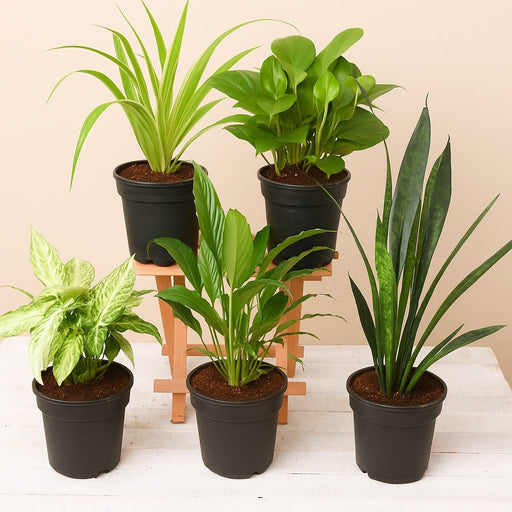 Save 30%
Save 30%
5 Best Indoor Plants Pack Transform your living space into a lush oasis with our '5 Best Indoor Plants Pack.' This carefully curated collection fe...
View full details
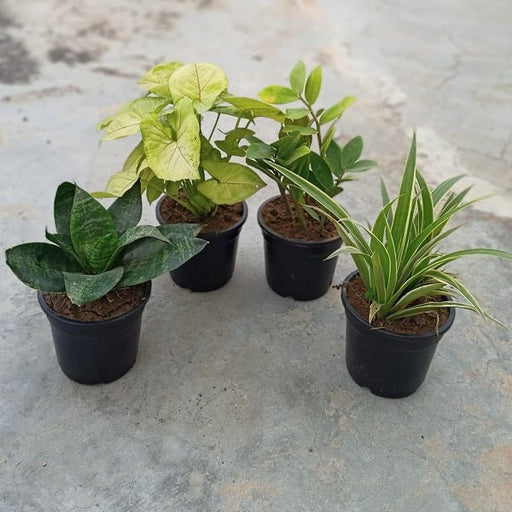 Save 25%
Save 25%
Set of 4 Evergreen Air Purifier Plant Pack Transform your indoor space into a lush, green oasis with our Set of 4 Evergreen Air Purifier Pla...
View full details| SrNo | Item Name |
|---|---|
| 1 | Phoenix sylvestris |
Phoenix sylvestris, commonly known as the Silver Date Palm, is a stunning tropical tree native to the Indian subcontinent. Renowned for its graceful arching fronds and robust trunk, this palm can reach heights of up to 20 meters. Its striking appearance makes it a popular choice for landscaping and urban environments, providing a touch of exotic elegance.
What sets Phoenix sylvestris apart is its ability to thrive in a variety of soil types and climates, making it a resilient addition to gardens and parks. The tree produces sweet, edible dates that are not only delicious but also packed with nutrients, contributing to its appeal as both an ornamental and functional plant.
Special features of Phoenix sylvestris include its drought tolerance and ability to purify the air, making it an environmentally friendly choice for urban settings. Its unique trunk, which is covered in a distinctive pattern of leaf scars, adds character and charm to any landscape.
Caring for the Phoenix sylvestris, or the wild date palm, is like nurturing a diva. It demands just the right amount of sunlight, water, and nutrients to thrive. Too much love, and it might just sulk; too little, and it’ll throw a tantrum. Regular pruning is essential to keep its fronds looking fabulous, while a well-draining soil is its runway. Remember, this palm is not just a pretty face; it can withstand drought, making it the perfect low-maintenance companion for those who prefer a laid-back lifestyle.
The benefits of the Phoenix sylvestris are as plentiful as its fronds! This tree is not just a pretty sight; it offers shade, beauty, and even edible fruits. Its leaves can be used for weaving, while the trunk is a sturdy option for construction. Plus, it’s a natural air purifier, making your backyard a breath of fresh air—literally! So, if you’re looking for a tree that’s both functional and fabulous, look no further than this palm.
Standing tall and proud, the Phoenix sylvestris can reach heights of up to 20 meters. That’s like having your very own skyscraper in the garden! Its impressive stature makes it a standout feature in any landscape, providing a dramatic focal point. Just imagine the views from the top—if only it could talk! This tree is not just about height; it’s about making a statement. So, if you want to elevate your garden game, this palm is your go-to.
The growth rate of the Phoenix sylvestris is like a slow but steady marathon runner. It takes its time, growing at a moderate pace of about 30-60 cm per year. Patience is key here; this tree won’t rush to impress you. But once it gets going, it’ll reward you with a stunning display of fronds and fruits. So, if you’re in it for the long haul, this palm will eventually become the star of your garden show.
Propagating the Phoenix sylvestris is like playing matchmaker for plants. You can do it through seeds or offshoots, but be prepared for a bit of a waiting game. Seeds need to be soaked and sown in well-draining soil, while offshoots require a gentle touch to ensure they take root. It’s a labor of love, but once you see those new palms sprouting, you’ll feel like a proud parent. Just remember, good things come to those who wait!
Like any diva, the Phoenix sylvestris can fall victim to a few pesky diseases. From leaf spots to root rot, it’s essential to keep an eye out for signs of distress. Regular inspections and proper care can help prevent these issues. If you spot a problem, don’t panic! A little pruning and the right treatment can get your palm back on its feet. After all, every star has its off days, but with a little TLC, it can shine again.
The uses of the Phoenix sylvestris are as diverse as its fronds! From landscaping to culinary delights, this tree has got it all. Its fruits are not just tasty; they’re packed with nutrients, making them a healthy snack. The leaves can be woven into baskets, while the trunk can be used for construction. Whether you’re looking to beautify your garden or whip up a delicious dish, this palm is your versatile friend. Who knew a tree could be so multi-talented?
The natural habitat of the Phoenix sylvestris is like a tropical paradise. Native to the Indian subcontinent, it thrives in warm, sunny climates with well-drained soil. This palm loves to bask in the sun, making it the ultimate sun worshipper. It can often be found near rivers and in dry regions, showcasing its adaptability. So, if you’re planning to plant one, make sure it has a sunny spot to call home. After all, every diva needs her stage!
The lifespan of the Phoenix sylvestris is nothing short of impressive, often living for over 100 years. That’s right; this tree is in it for the long haul! With proper care, it can outlive generations, becoming a living legacy in your garden. Imagine the stories it could tell if it could talk! So, if you’re looking for a tree that will stand the test of time, this palm is your best bet. It’s like the wise old sage of the garden.
The soil requirements for the Phoenix sylvestris are as specific as a gourmet chef’s recipe. It prefers well-draining sandy or loamy soil, as it absolutely detests soggy feet. Too much moisture can lead to root rot, and nobody wants that drama! A slightly acidic to neutral pH is ideal, so make sure to test your soil before planting. With the right foundation, this palm will flourish and reward you with its stunning presence. It’s all about giving it the right environment to thrive!
Pruning the Phoenix sylvestris is like giving it a stylish haircut. Regular trimming of dead or damaged fronds keeps it looking chic and healthy. It’s best to prune during the growing season to encourage new growth. Just remember to use clean, sharp tools to avoid any unnecessary drama. A well-pruned palm not only looks good but also promotes better air circulation and reduces the risk of pests. So, grab those shears and get ready to give your palm a makeover!
Phoenix sylvestris, also known as the wild date palm, is a tropical beauty native to India. With its feathery fronds and sweet, edible fruits, it’s like the palm tree version of a celebrity—always turning heads and making a statement in gardens and landscapes.
This palm can reach heights of up to 75 feet, making it the skyscraper of the palm world. Just imagine it strutting its stuff, towering over other plants, and casting a long shadow—perfect for those who enjoy a little drama in their garden.
Phoenix sylvestris thrives in full sun and well-drained soil, like a sunbather on a tropical beach. It loves warm climates and can tolerate drought, making it the low-maintenance diva of the plant kingdom. Just don’t forget to water it occasionally; even divas need a drink!
Unfortunately, this palm isn’t a fan of the cold. It prefers temperatures above 20°F, so if you live in a chilly area, consider giving it a cozy indoor spot during winter. Think of it as a seasonal snowbird, escaping to warmer climates when the frost arrives.
Watering should be done when the top inch of soil feels dry, which is about once a week in the growing season. It’s like giving your palm a refreshing drink after a long day—just don’t drown it! Overwatering can lead to root rot, and nobody wants that drama.
Watch out for pesky pests like spider mites and scale insects. They can be as annoying as a fly at a picnic. Regularly inspecting your palm and using insecticidal soap can keep these uninvited guests at bay, ensuring your palm remains the star of the show.
Yes, but it’s a bit of a diva! It needs plenty of sunlight and space to spread its fronds. If you can provide a bright spot and a pot big enough for its roots, it’ll happily grace your living room with its tropical charm.
This palm can live for several decades, often reaching 80 years or more. It’s like the wise elder of the plant world, offering beauty and shade for generations. Just think of all the stories it could tell if it could talk!
Absolutely! With its majestic height and elegant fronds, it’s a showstopper in any landscape design. Whether used as a focal point or in a tropical-themed garden, it adds a touch of exotic flair that will have your neighbors green with envy.
Propagation is typically done through seeds, which can take a while to germinate—patience is key! Just plant them in well-draining soil, keep them warm, and wait for the magic to happen. It’s like waiting for a slow-cooked meal; good things come to those who wait!
Beyond its stunning appearance, Phoenix sylvestris provides shade, improves air quality, and produces edible fruits. It’s like having a personal air conditioner and snack provider all in one! Plus, its presence can increase property value, making it a wise investment for any garden enthusiast.